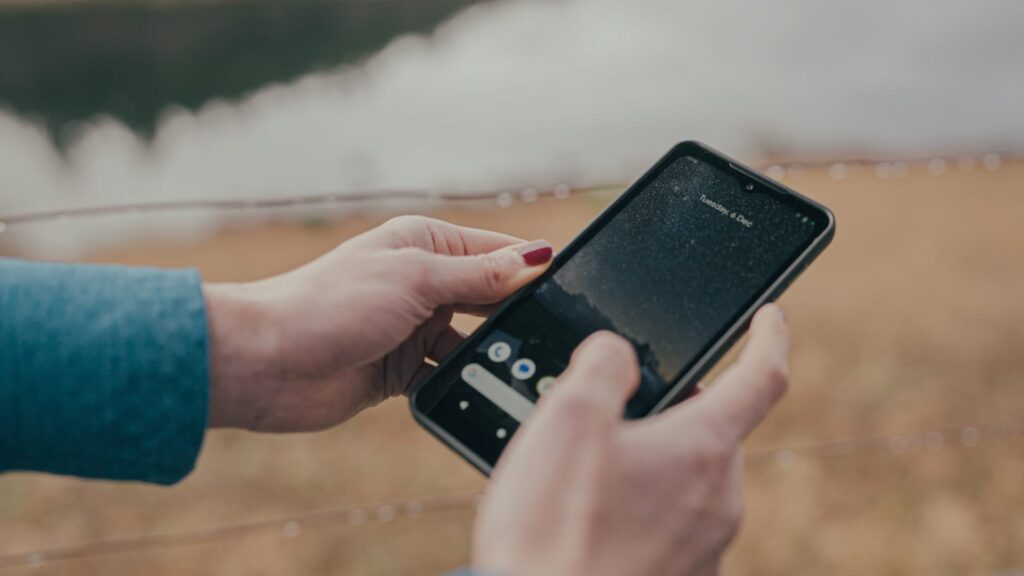British smartphone firm Bullitt on Friday launched a new phone capable of sending text messages via space, joining a crowded race to commercialize satellite-enabled devices.
The phone, which fits into the “rugged” category of durable handsets, comes in two versions: the Caterpillar-branded Cat S75, which is aimed at the European market and will retail for 599 euros ($634.49), and the Motorola Defy 2, which caters to North America at a $599 starting price.
Both phones come with 5G connectivity, a 6.6-inch display and 5,000 milliampere-hour battery, which Bullitt says can last up to two full days.
With Bullitt’s phones, a message is beamed to geostationary satellites about 22,000 miles above the equator, then sent back down to earth-based network infrastructure before reaching a user’s device.
The user receives the message as a standard SMS. They will have to have Bullitt Messenger — the firm’s proprietary satellite messaging app — installed in order to reply.
Texts take around 10 seconds to go through, as opposed to the near-instant speed of cell phones. Satellite connection is only turned on when a user falls outside the reach of Wi-Fi or mobile network signals.
News of Bullitt’s new phones comes not long after Apple announced the launch of its iPhone 14, which has a feature for contacting emergency services via satellite. The feature is available in the U.S., U.K., France, Germany and Ireland.
Device makers like Apple and chip firms like Qualcomm are betting on the untapped opportunity of putting satellite phones in the hands of people in remote areas that fall outside the reach of terrestrial telecoms infrastructure.
Connecting to satellites allows messages to reach broad swathes of land not captured by earth-based cellular equipment. Cell towers are more limited in range, meaning if you stray too far from one, you’ll lose signal.
It could come in handy, if you’re a hiker who’s gotten lost on a mountain trail in a far-flung place, or a worker on a remote building…
Read the full article here





